Sealife guideOcean's backbone: exploring the diversity of marine vertebrates
Last updated on 08/22/2025 at 10:42 PM
Astonishing diversity
Marine vertebrates encompass an incredible variety of animals, from tiny reef fish to ocean giants like the blue whale. Their common trait: a backbone that supports their body and protects the central nervous system.
These species have adapted to environments ranging from shallow coastal waters to the abyssal depths where sunlight never penetrates. Their anatomy, physiology and behavior reflect millions of years of evolution in aquatic environments.
Groups with unique adaptations
Several major groups make up marine vertebrates: cartilaginous fish (sharks and rays), bony fish, marine mammals (dolphins, seals, sea lions, whales), as well as certain sea turtles and sea snakes.
Indeed, marine vertebrates are represented by four major classes, namely:
- the class of Marine mammals21 species
- the class of Seabirds36 species
- the class of Marine fish685 species
- the class of Marine reptiles12 species
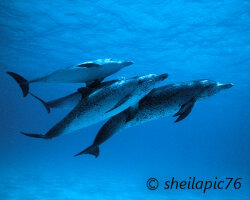
Atlantic spotted dolphin
(Stenella frontalis)
(Stenella frontalis)
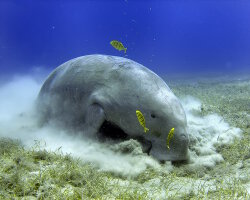
Dugong
(Dugong dugon)
(Dugong dugon)
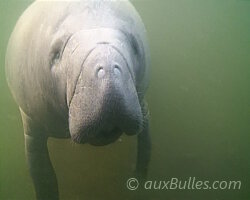
Florida manatee
(Trichechus manatus latirostris)
(Trichechus manatus latirostris)
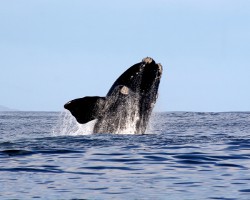
Southern right whale
(Eubalaena australis)
(Eubalaena australis)
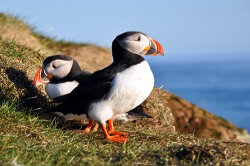
Atlantic puffin
(Fratercula arctica)
(Fratercula arctica)

Buller's albatross
(Thalassarche bulleri)
(Thalassarche bulleri)
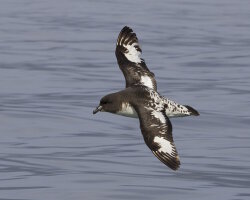
Cape petrel
(Daption capense)
(Daption capense)
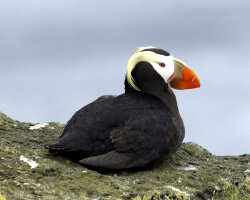
Tufted puffin
(Fratercula cirrhata)
(Fratercula cirrhata)
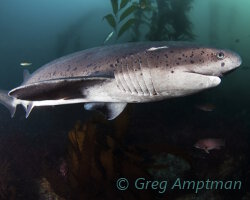
Broadnose sevengill shark
(Notorynchus cepedianus)
(Notorynchus cepedianus)
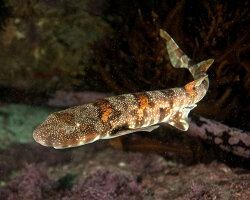
Dark shyshark
(Haploblepharus pictus)
(Haploblepharus pictus)
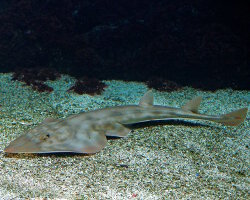
Shovelnose guitarfish
(Pseudobatos productus)
(Pseudobatos productus)
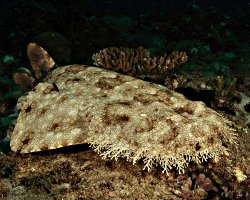
Tasselled wobbegong
(Eucrossorhinus dasypogon)
(Eucrossorhinus dasypogon)
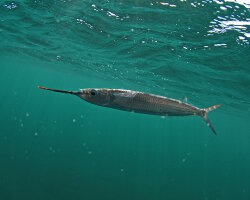
Ballyhoo
(Hemiramphus brasiliensis)
(Hemiramphus brasiliensis)
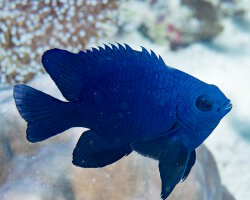
Black damselfish
(Neoglyphidodon melas)
(Neoglyphidodon melas)
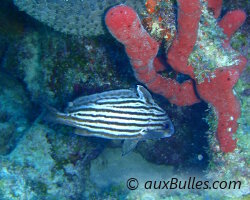
Highhat
(Pareques acuminatus)
(Pareques acuminatus)
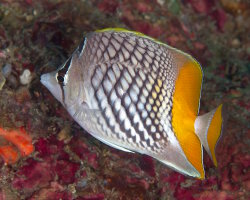
Pearlscale butterflyfish
(Chaetodon xanthurus)
(Chaetodon xanthurus)
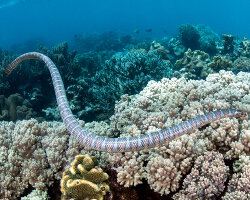
Black-banded sea krait
(Laticauda semifasciata)
(Laticauda semifasciata)

Loggerhead sea turtle
(Caretta caretta)
(Caretta caretta)
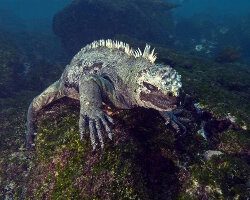
Marine iguana
(Amblyrhynchus cristatus)
(Amblyrhynchus cristatus)
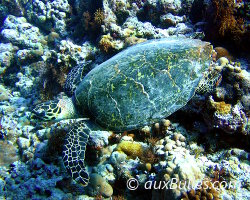
Sea turtle
(7 espèces)
(7 espèces)
Each group displays remarkable adaptations: efficient gills to extract dissolved oxygen, fins and streamlined bodies to reduce water resistance, or lungs and the ability to dive for long periods for air-breathing species. This diversity allows them to occupy a wide range of ecological niches, from fast-moving hunters to peaceful filter feeders.
A Key Role in the Ocean Ecosystem
These vertebrates play an essential role in maintaining the balance of marine ecosystems. Predators regulate prey populations, herbivores help preserve the health of seagrass beds and some species even contribute to nutrient cycling: by feeding in deep waters and releasing waste near the surface, they transport key nutrients (nitrogen, phosphorus, iron) to sunlit zones where phytoplankton, at the base of the marine food web, can thrive.
However, many species are now threatened by overfishing, accidental bycatch in fishing gear, pollution and climate change. Studying and understanding them is crucial to protecting not only these species, but also the overall health of the oceans on which all life depends.
Discover marine vertebrates
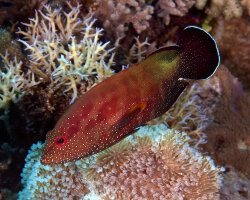
Halfspotted grouper
(Cephalopholis hemistiktos)
(Cephalopholis hemistiktos)
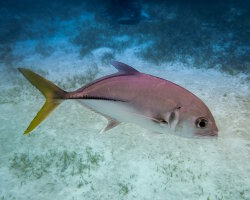
Horse-eye jack
(Caranx latus)
(Caranx latus)
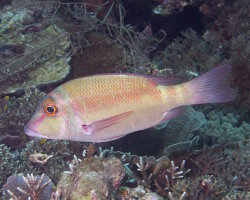
Longfin emperor
(Lethrinus erythropterus)
(Lethrinus erythropterus)
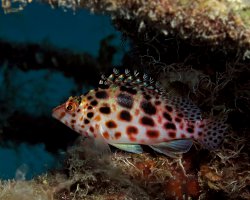
Pixy hawkfish
(Cirrhitichthys oxycephalus)
(Cirrhitichthys oxycephalus)
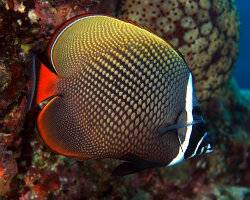
Redtail butterflyfish
(Chaetodon collare)
(Chaetodon collare)
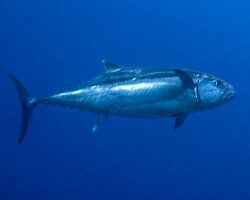
Skipjack tuna
(Katsuwonus pelamis)
(Katsuwonus pelamis)
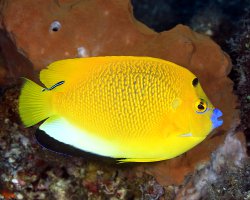
Three spot angelfish
(Apolemichthys trimaculatus)
(Apolemichthys trimaculatus)
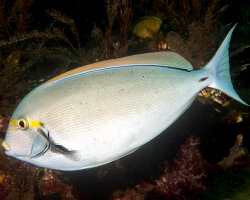
Yellowmask surgeonfish
(Acanthurus mata)
(Acanthurus mata)
Our latestUpdates

Friday, December 19th 2025
The magic of Christmas decorations
Discover Christmas decorations in Florida: giant trees, illuminated palm trees, magical light displays and tropical settings to experience the holiday magic under the sun.
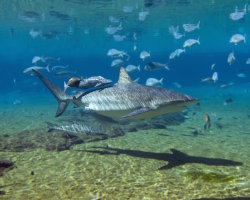
Monday, December 15th 2025
The dusky shark
Discover the dusky shark, one of the world's largest coastal sharks, and learn why this powerful predator is essential to marine ecosystems.

Friday, December 12th 2025
Christmas magic at Disney hotels
Experience the magic of Christmas at Disney hotels: enchanting decorations, giant Christmas trees, dazzling lights and a festive holiday atmosphere.
Photo of the Day
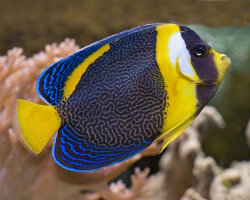
Poisson ange australien
(Chaetodontoplus duboulayi)
(Chaetodontoplus duboulayi)
